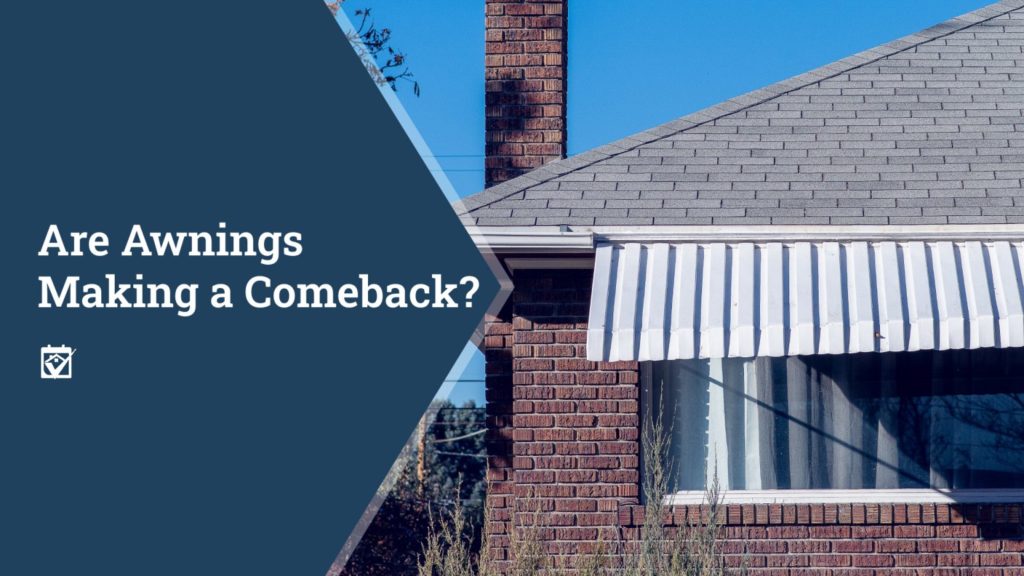
Awnings have been around for a long time; examples of awnings date back as far as ancient Egypt, and their use was common in the height of the Roman Empire. Despite their lasting popularity, modern awning use has really dropped off in recent years. Some blame gentrification, others think that it’s just a shift in design sensibilities, but whatever the reason, there haven’t been nearly as many awnings in use for a decade or more.
Is this a continuing trend, or is awning use starting to turn around? What are the reasons that people might want to get awnings? While a lot of the use of awnings comes down to personal preference, here are some of the reasons that awnings fell into disfavor… and why they just might be making a comeback.
Why the Awning Hate?
Once upon a time, awnings were all the rage. This peaked somewhere around the 1950s, where you just about couldn’t find a home or business that didn’t include awnings in any renovation plans that came up. This popularity actually played a large part in their falling out of fashion, however; awnings were so ubiquitous during this period that homes and other buildings that had awnings in place began to appear dated with a “1950’s look” that was contrary to more modern design sensibilities.
A big contributor to this was the way that many awnings of the time were made from either aluminum or fiberglass. Though the materials were popular at the time, they didn’t translate well to changing design aesthetics and ended up being synonymous with older and less popular design styles. More and more remodels opted to remove awnings as a way to update the look of buildings and make them appear more modern, resulting in a slow but steady decline in awning popularity.
Advantages of Awnings
Even though they were becoming less popular year after year, awnings still carried some significant advantages. They provide shade over windows and glass panels in doors, helping to cut back on cooling costs during the summer months. Awnings over doors also serve to block rain and other unwanted precipitation when coming or going or trying to lock or unlock the door. Despite the decreasing popularity of awnings, they also do serve a decorative purpose; much like decorative shutters, they provide a space for color or patterns on what might otherwise be a bland or single-colored wall.
Awnings can do more than protect a doorway or window, too. Larger awnings (especially retractable ones) can also be used to create shaded areas outdoors, covering a patio or otherwise giving you some added room outdoors to grill or lounge without the heat of the direct sun beating down. Some of these awnings may even have cloth screens attached to their supports, giving you a bug-free outdoor space that you can enter and exit easily.
Is It Time for an Awning Renaissance?
While some consider awnings to be a dated look, awnings themselves have actually come a long way since the era that caused so many people to dislike their appearance. A lot of awnings are made from waterproof canvas or other cloth materials these days, providing a more stylistic look that can be printed on or otherwise modified to better accent your home. Gone are the days when awnings were fading eyesores; modern awnings are intended to offer both style and substance, and many are created to be more easily updated or retracted than older versions.
If you have questions you may contact me to see how I can help you.
Michelle Lohman, Associate Broker
Realty One Group

All content provided on this blog is for informational purposes only. The owner of this blog makes no representations as to the accuracy or completeness of any information on this site or found by following any link on this site. The owner will not be liable for any errors or omissions in this information nor for the availability of this information. The owner will not be liable for any losses, injuries, or damages from the display or use of this information.

Leave a Reply
You must be logged in to post a comment.